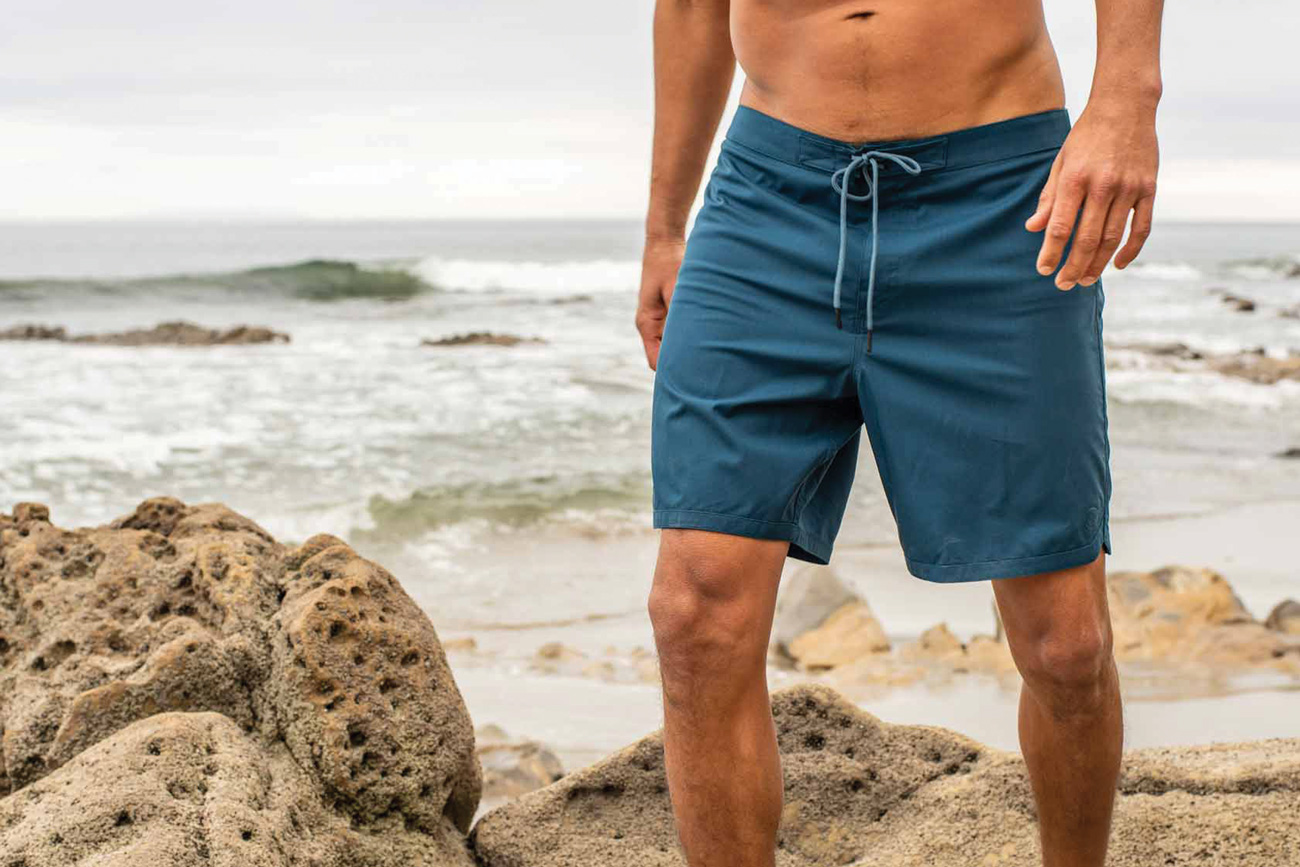4 Big Ideas
New Tech & Standards Move the Needle on Sustainability.

When it comes to performance and innovation in the athletic world, textile firms are more often than not at the forefront. Here are four key stories to keep an eye on.
1. UN SDGs
The United Nations Sustainable Development Goals are a collection of 17 global goals set by the UN General Assembly in 2015 for the year 2030. They address a range of challenges related to environmental degradation and climate, to societal issues related to poverty, inequality, and justice. With SDGs as guideposts, firms are concentrating on carbon reduction, manufacturing upgrades, recycling technologies and greater emphasis on social responsibility for the year ahead on onward to 2030. Textile execs believe these efforts will accelerate a path forward to circularity.
“Sustainability in its purest form is when something can continue on forever without doing harm to future generations,” says Rüdiger Fox, CEO, Sympatex Technologies. “It is not about one product or one process. It’s not about being “a little better.”
“Scalable solutions” are increasingly viewed as the means to make significant eco impact across the entire value chain. “Our journey can stop when the loop closes between upstream and downstream inputs and circularity becomes a reality,” states Fox, who adds, “Circularity is putting the puzzle pieces together in a new, different way to connect the collectors with the recyclers and the recyclers with the suppliers to close the loop. You want everyone to join the party.”

2. Reduce, Reuse, Recycle
The mantra “Reduce, Reuse, Recycle” has been around for years. As we move forward with new standards of sustainability, and consumers make more considered choices, more and more innovative ways to extend the life of garments are being highlighted by brands.
For example, Arc’teryx has a new recommerce project called Rock Solid Used Gear. Through the program, the company buys back used gear in good condition, cleans and repairs products with plenty of life left, and puts them on sale. “Most items received through the program are in good enough condition for a second life,” says Drummond Lawson, Arc’teryx’s director of sustainability. “If a product can’t be repaired to our quality standards, yet is in usable condition, we work with one of our long-term donation partners.”
Adds Lawson, “Rock Solid Used Gear wouldn’t exist without the sale of new Arc’teryx products and vice versa. Everything we make needs to last and we are trying to reconcile this with the world’s increasing demand for shiny new things.”
Another company to watch is Evrnu, which has invented a new engineered fiber with performance and environmental advantages, made from discarded clothing. Evrnu plans to bring the fiber to market in 2020.
“NuCycl is a technology that turns old clothes into new, high quality materials for the creation of clothing,” says Evrnu CEO Stacy Flynn. “It is designed to provide brands and retailers raw materials without compromising performance from what is currently perceived as waste; this significantly reduces the water needed because we are not growing anything. In addition, designing product for disassembly from the beginning is now possible; by keeping these polymers in circulation we significantly reduce impact because today clothing enters a landfill or incinerator, if this is eliminated the methane from landfilling cannot occur.”
Evrnu’s cotton regeneration process involves shredding and liquefying discarded cotton clothing into pulp, which can be turned into fiber using existing solvents like lyocell, cupro and rayon. “After the garment waste is turned in to pulp, it is converted back in to a solid fiber form through extrusion,” explains Flynn. “The fiber can be spun into yarn, dyed and then knit or woven into fabric. We can combine Evrnu fiber with cotton for the final fiber content.”
3. Next Generation Performance Wool
Producers and forward thinking brands are achieving a new caliber of wool that takes the fiber into new markets. Well known for its inherent breathability and odor-resistance — among other functional characteristics — the latest innovations are wool items that level up functionality and boost environmental aspects. A unique spinning technique, for example, creates performance wool board shorts, while sustainable wool insulation is attained for technical outerwear.
A partnership between Woolmark and Outerknown, Kelly Slater’s clothing company, has created wool board short with fabric resilient enough to withstand surf conditions. HDWool creates fully biodegradable insulation materials, principally for garments, that replace polyester wadding.
Based on a technique called Optim, Merino wool fibers are pre-stretched and spun into yarn before being woven to create a wind and water resistant fabric made from 100 percent Merino. After optimizing the spinning, weaving and finishing processes, the fabrics made from these elastic Merino wool fibers have enhanced water and wind resistant properties —while retaining all Merino wool’s properties. Reduced air permeability from the jammed weave, enhances wind resistance and improves wearer comfort.
Additionally, and significantly, the manufacturing process eliminates the need for any chemicals or synthetic finishing agents, while not compromising wool’s natural properties.
4. Planet-Conscious Packaging
According to the Sustainable Packaging Coalition, compostable packaging is gaining steam. Though composting infrastructure is not yet widespread across the U.S., interest in this recovery pathway is growing rapidly.
And that’s a good thing: the National Waste & Recycling Association (NWRA) reports that the U.S. waste and recycling industry handles 258 million tons of waste generated each year.
Global garment packaging and accessories supplier Rudholm Group wants the marketplace to know “WeCare.” That is the name of the company’s new range of packaging products that are naturally biodegradable in landfill conditions.
Products in the “WeCare” collection include polybags, shipping mailers, PET box-packaging, shirt collar stands, collar stays and collar support.
It is estimated that these new products take around 12 to 24 months to break down, but the biodegradation time has been observed to be even faster in most cases, according to Rudholm.
The technology speeds the breakdown of the plastic’s polymer chain, allowing naturally existing microorganisms to consume the plastic. “The fact that the technology can be used within any plastic polymer makes it incredibly versatile in terms of possibilities,” says Dennis Lau, director, Rudholm Group USA.
Consumer awareness of packaging waste is on the rise. According to a recent survey, 62 percent of respondents reported giving some consideration to packaging materials associated with apparel and footwear purchases bought online and in store; 22 percent said they give “strong” consideration. Feedback from survey participants included comments such as: “It disappoints me to receive excessive packaging materials. Amazon is the worst offender.” And, “I’m sick of seeing plastic on everything.”





